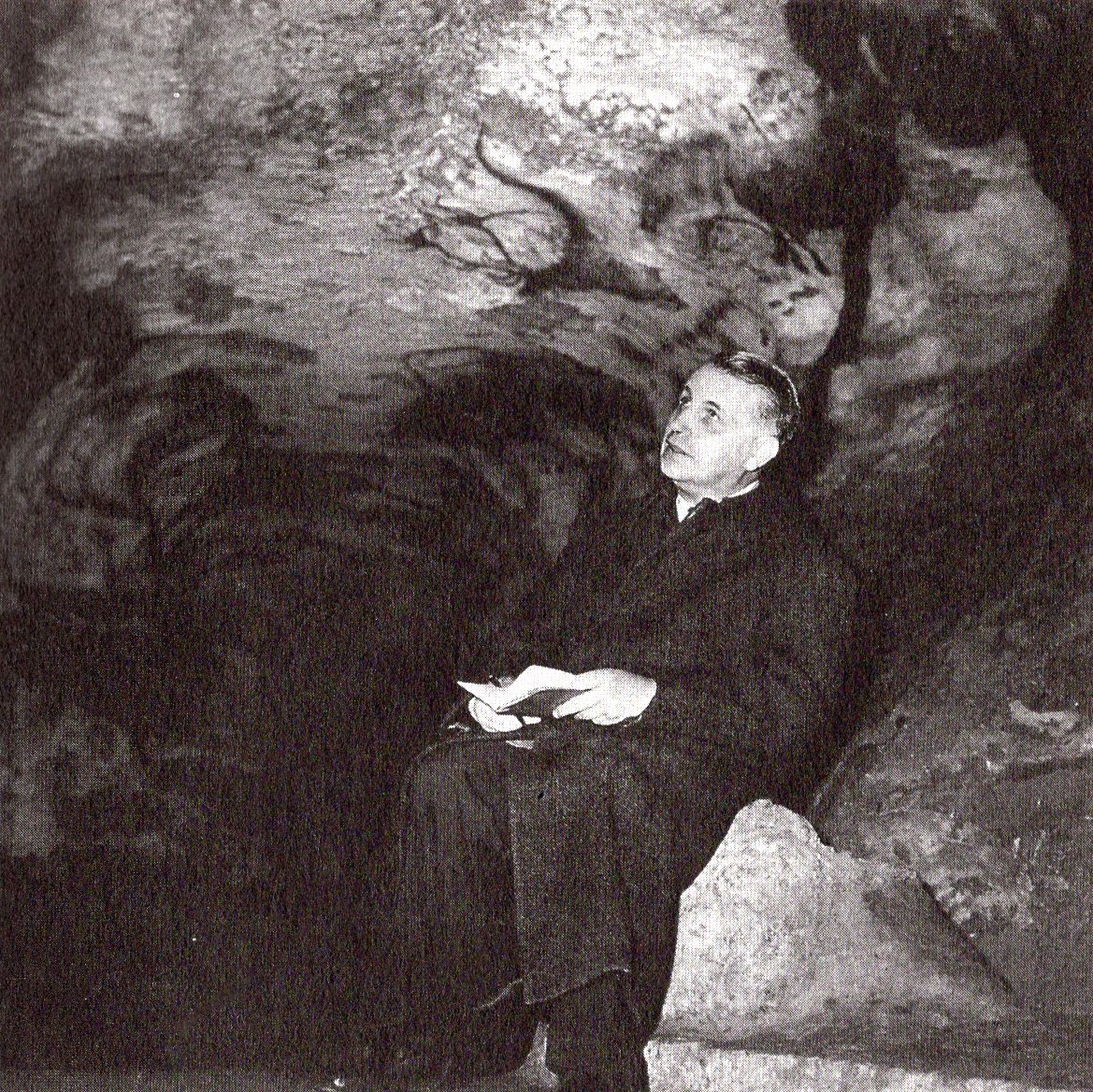Georges Bataille, Or, The Birth of Art, Non Discursive Experience in Parietal Art of the Paleolithic Era
Marc-Alexandre Dumoulin
Dissertationsstipendiat an der Akademie der bildenden Künste Wien | Abschluss-Stipendium des Doktoratszentrums 2018|19
Abstract
My dissertation explores the work of Georges Bataille on the subject of prehistoric art in order to establish a Bataillean anthropology of the arts in which his conception of non-discursive experience form the core drives of the creative act. To him, these drives find their symbolic beginning inside the Lascaux cave, in the animal fresco painted upon its wall and upon which he constantly returned in his late works. In my dissertation, the prehistoric cave becomes a site of containment and embodiment of specific Bataillean concepts; a site of anthropogenesis achieved by the means of a destructive/creative act. I explore and chart the content of this cave in order to produce a better understanding of the crucial role creativity played in Bataille’s thoughts as well as outline the contribution his peculiar conception of the arts can have on the current artistic climate. So far, the topic of Bataille & the arts has been viewed mostly through two lenses: either Krauss/Alain Bois’ notion of the formless, or his feud with André Breton’s vision of surrealism. Scholarship on Bataille has also been struggling with the problem of his writing on prehistory; it hovers in an uncertain space as to its merit and place within his œuvre. My thesis demonstrates that his notion of experience is crucial to a proper understanding of the influence of the creative act on his thoughts and Lascaux represents the entry point to that understanding.
Bataille’s creative act constitutes an act of dépassement —of going beyond— of assigned borders delimitating the functional and intelligible from the realm of unconstrained passions. To him, that same dépassement pulled humanity out of its animal condition and into its state of humanhood. If Bataille saw in the preemptive quality of work and survival —the premeditated nature of hunting and tool production— an initial “humanizing” moment, it is by the means of art making that our ancestors became truly human. Looking back envious of that condition they just departed, these ancestors established a mean to rehearse a temporary return to the animal’s lost immanence. The rushing fauna adorning painted caves bears witness to a desire for returnal, and, to Bataille, the celebratory impression they leave us speaks of energetic moments of creativity while beside one’s self, absorbed in the act of making, lost, without a planned outcome. At Lascaux, art fuses with laughter and festivities in honor to a lost immanence.
Bataille’s definition of the creative act thus provides us a framework to think art at its essence, as the spark driving the artist to produce “useless” works. Suspended from pragmatic use, the creative act is vital since it lets free reign to both destructive and libidinal impulses, for a symbolic play and reconfiguration of its surroundings at will.
Bio
Marc-Alexandre Dumoulin is a Canadian artist currently living and working in Vienna. He obtained his BFA from Concordia University, Montreal, and his Masters of Arts from Central Saint Martins College in London.
